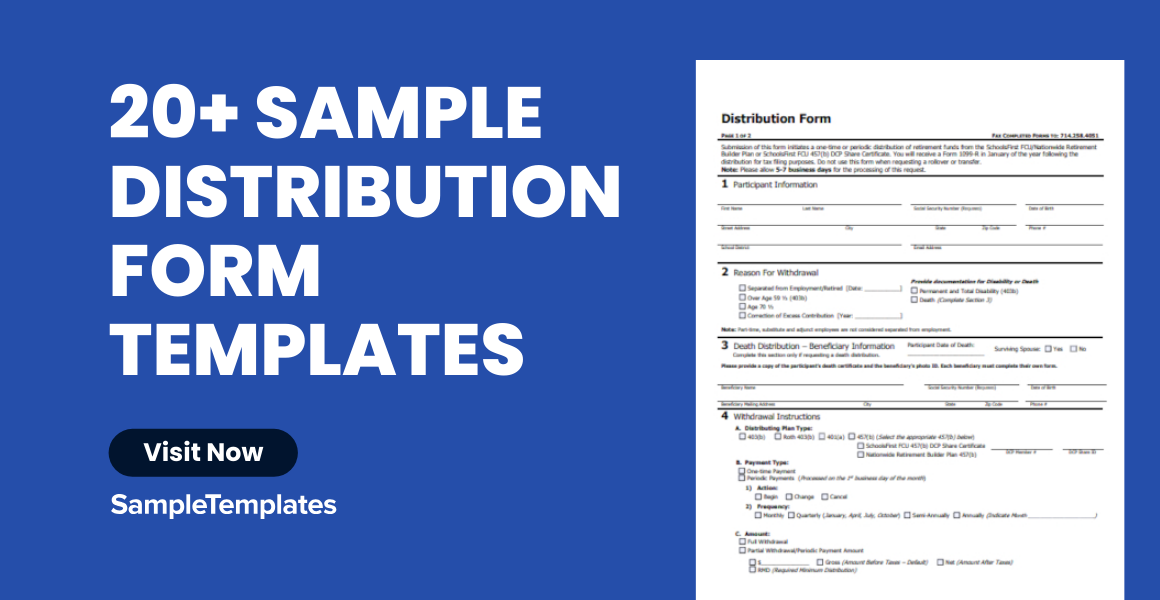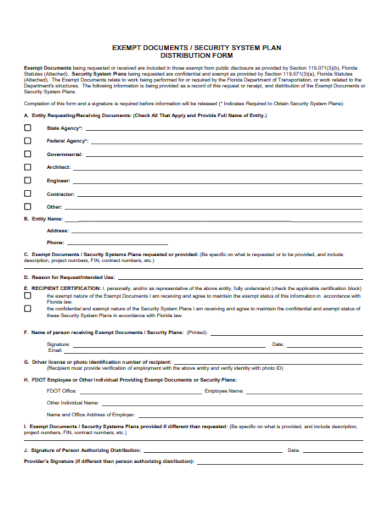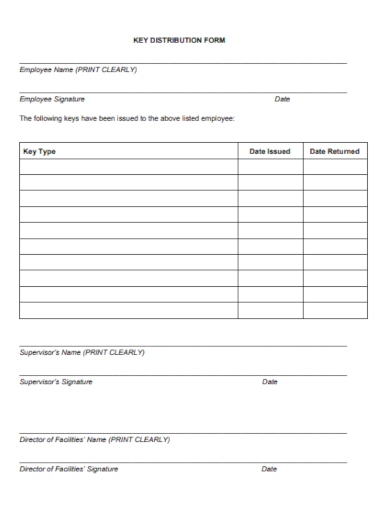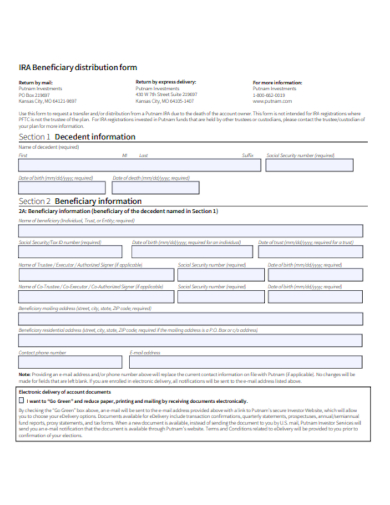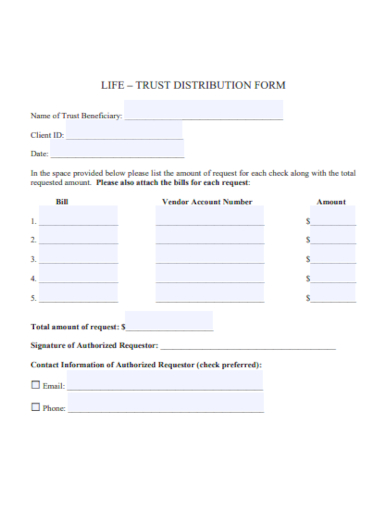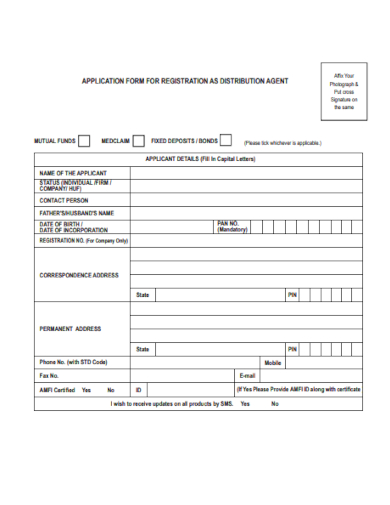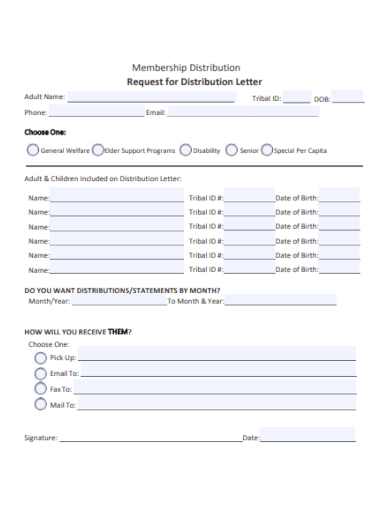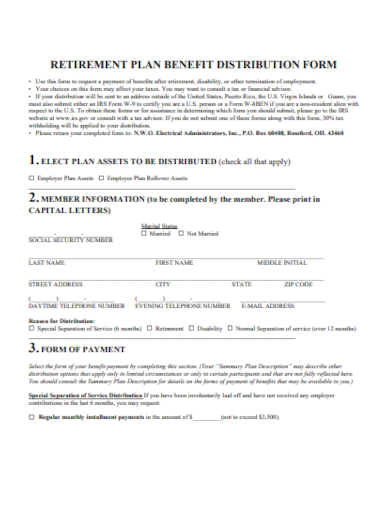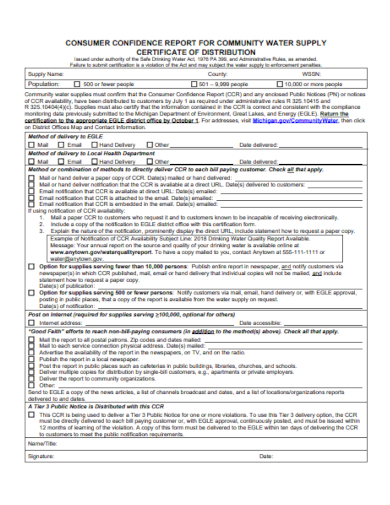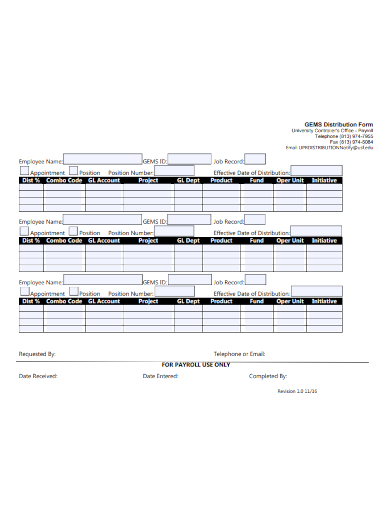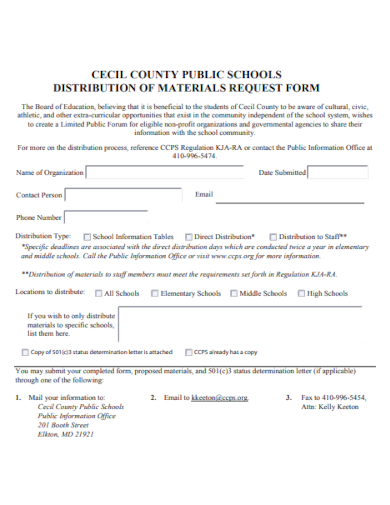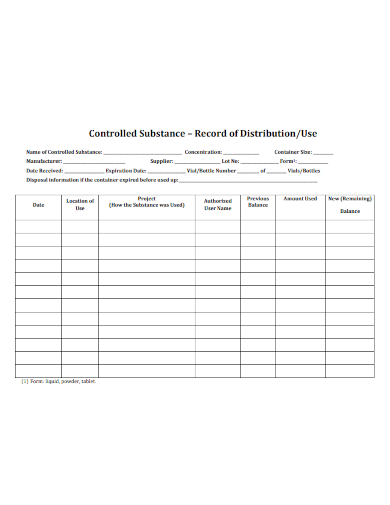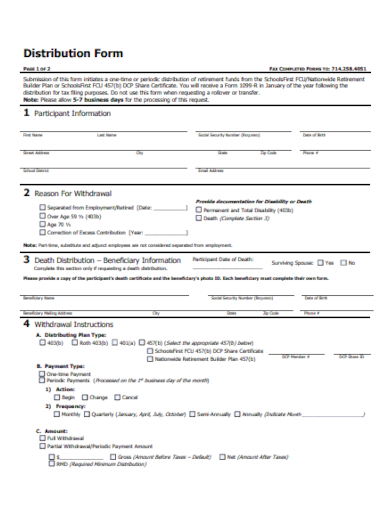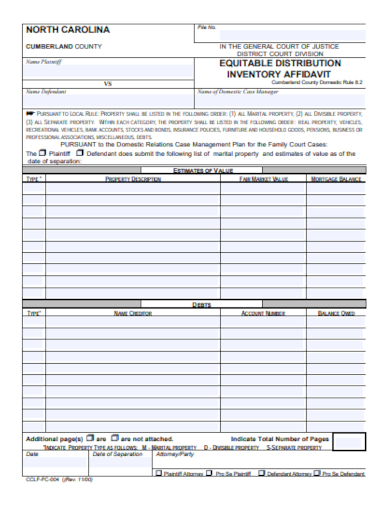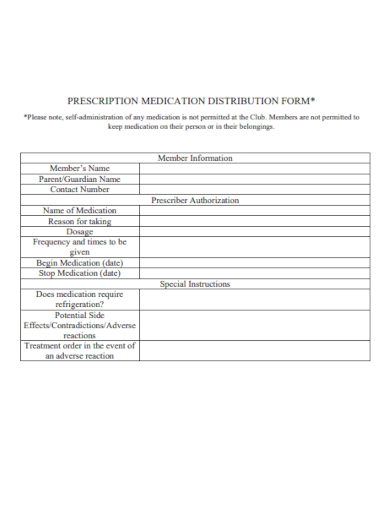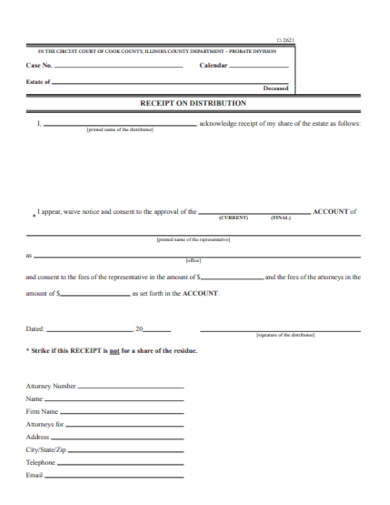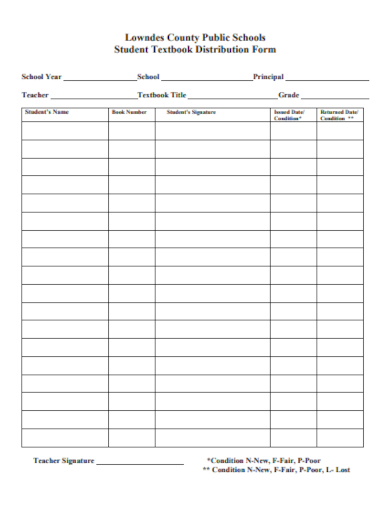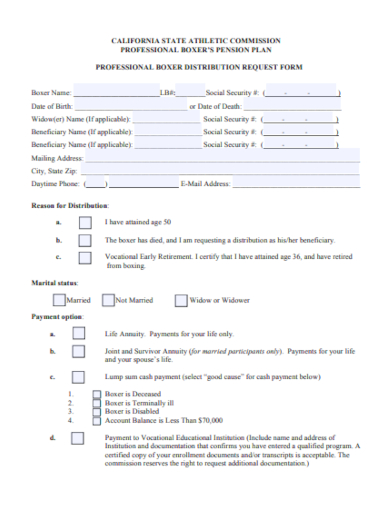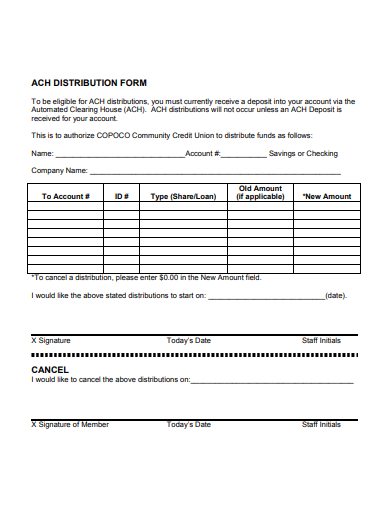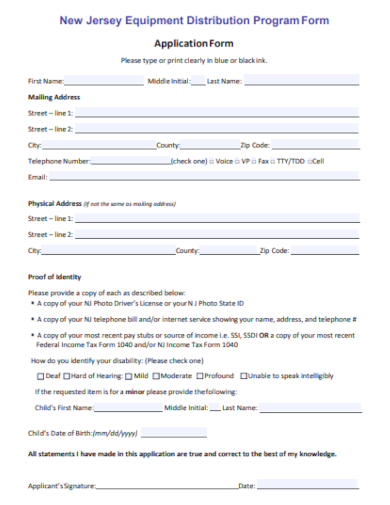Introducing our Sample Distribution Form, an essential tool that simplifies your logistics journey. Crafted with precision, this sample agreement ensures a seamless integration into your distribution workflow. By bridging gaps and enhancing clarity in distribution contracts, it stands as an indispensable asset for businesses seeking growth and efficiency. Whether you’re an industry veteran or just starting out, our form offers the blueprint to success in today’s dynamic market. Dive in and streamline with confidence!
20+ Distribution Form Samples
1. Graduation Diploma Distribution Form Template
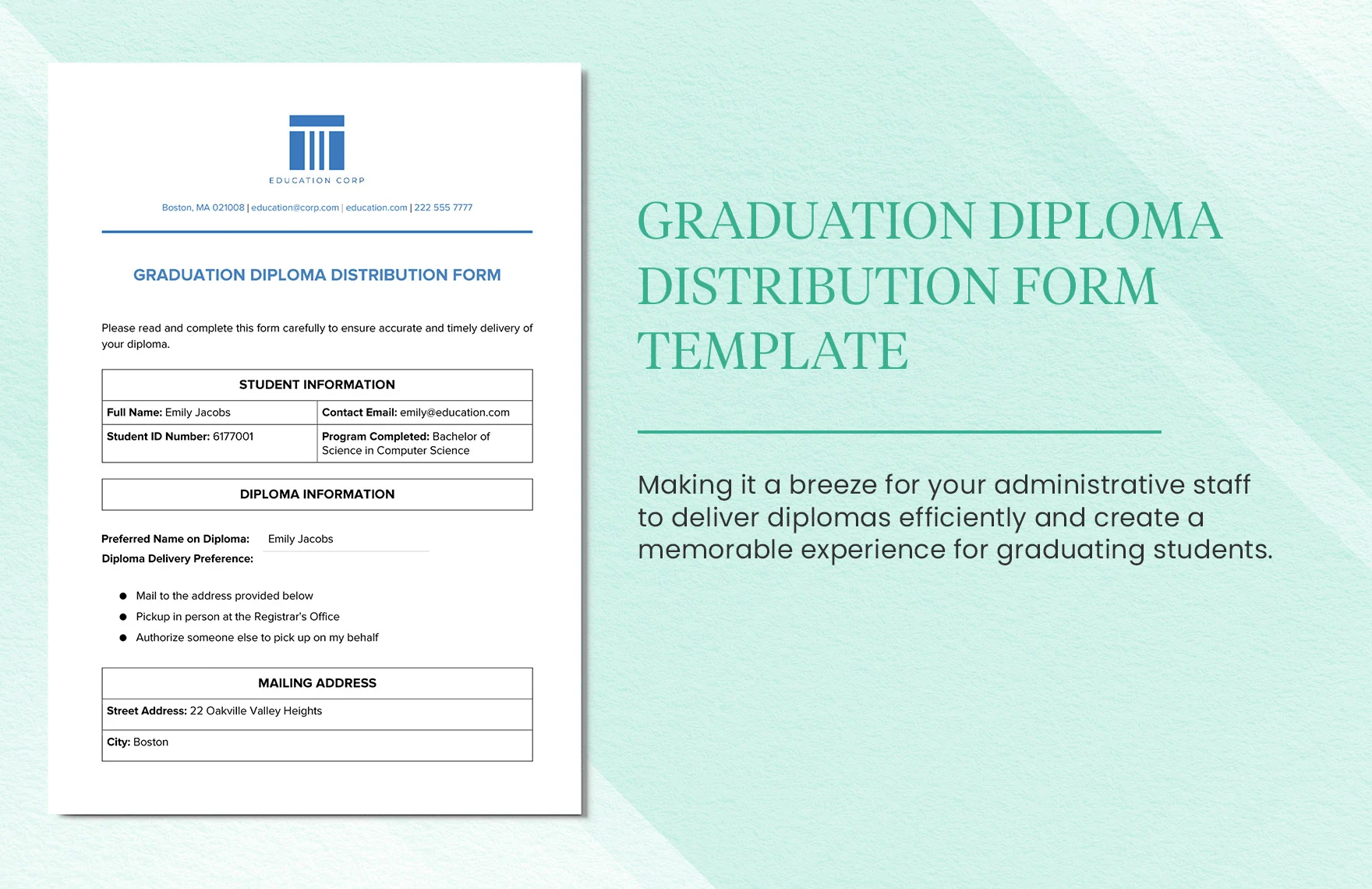
2. Exempt Document Distribution Form
3. Employee Key Distribution Form
4. Beneficiary Distribution Form Template
5. Trust Distribution Form Template
6. Distribution Agent Application Form
7. Membership Distribution Letter Form
8. Retirement Plan Benefit Distribution Form
9. Water Supply Distribution Form
What is a Distribution Form?
Distribution, in the context of businesses and commerce, refers to the process by which goods and services transition from the producer to the end consumer. A vital component in ensuring this transition is seamless, efficient, and effective is the use of a distribution form.
Understanding the Basics
At its core, a distribution form is a document that details the agreement form or understanding between a producer or manufacturer and a distributor. This form provides the necessary framework for the distribution of products or services. It typically encompasses essential details like the products involved, quantity, distribution territories, pricing, and the rights and responsibilities of both parties.
Importance in Business Transactions
In an ever-competitive market landscape, establishing a clear and well-defined distribution process is crucial. A distribution form, in this sense, acts as a contractual agreement that protects the interests of both the manufacturer and the distributor. It ensures that the terms of distribution, once agreed upon, are adhered to, minimizing conflicts and misunderstandings.
Furthermore, for businesses aiming to expand their reach to international markets or diverse territories, having a standardized distribution form simplifies the process. It provides a consistent reference, ensuring that, regardless of the region or distributor, the terms of trade remain consistent.
Legal Implications
Apart from the business efficiencies it provides, a distribution form has significant legal implications. A well-drafted form can protect a company from potential lawsuits, ensuring that both parties understand and accept their obligations. In cases of disputes, this document can serve as a reference, detailing what was initially agreed upon.
Tips for Using the Distributor Form
When creating a distribution form, it’s paramount to ensure every clause and term is clear. Avoid using jargon or ambiguous language that can lead to confusion. Both parties should leave with a thorough understanding of what the agreement entails.
Tailoring to Specific Needs
While there are generic distribution forms available, it’s often beneficial to tailor your form to your company’s specific needs. Different industries or products might have unique distribution requirements or challenges. Addressing these specifics can lead to a smoother distribution process.
Regular Updates
As with any business document, it’s essential to periodically review and update your distribution form. Market dynamics, regulations, and business goals change, and your form should reflect these shifts. Regular revisions ensure the form remains relevant and effective.
Involving Legal Counsel
Given the potential legal implications of a distribution form, it’s advisable to involve legal counsel in its drafting and review. A legal professional can ensure that the form is compliant with local and international laws and can offer advice on clauses that protect your business’s interests.
Digital Integration
In the modern age, many businesses are transitioning to digital platforms for their operations. Consider integrating digital signatures and online verifications to your distribution form. Not only does this speed up the process, but it also provides a secure and traceable record of the agreement.
Feedback Loop
Always maintain an open line of communication with your distributors. Encourage feedback on the form and its clauses. This feedback can offer invaluable insights into potential improvements, making the distribution process more efficient and effective.
10. Office Distribution Form Template
11. Distribution of Materials Request Form
12. Record of Distribution Form
13. Printable Distribution Form Template
14. Inventory Distribution Affidavit Form
15. Prescription Medication Distribution Form
16. Receipt on Distribution Form
17. Student Textbook Distribution Form
18. Payment Distribution Request Form
19. Commission Professional Distribution Form
20. ACH Distribution Form Template
21. Equipment Distribution Program Form
Why Use a Distribution Form?
In the realm of business transactions, ambiguity can be a source of disputes, misunderstandings, and inefficiencies. A distribution form serves as a clear, written agreement that delineates the responsibilities and expectations of both the manufacturer and the distributor. It acts as a roadmap, guiding both parties on their roles, ensuring that all involved know precisely what’s expected.
Legal Protection
A distribution form isn’t just a casual document; it’s a legally binding agreement. In instances where disputes arise, having a well-drafted distribution form can be the line of defense that protects a business from potential lawsuits. It serves as evidence of the mutually agreed-upon terms and can be used in court to enforce those terms.
Enhancing Business Relationships
Trust is a fundamental element in business relationships. A distribution form, by laying out the terms transparently, helps build this trust. When both parties are aware of their rights and responsibilities, it sets the stage for mutual respect and understanding. This clarity can lead to long-term relationships, which can be incredibly valuable in the business world.
Operational Efficiency
Streamlined operations are a cornerstone of successful businesses. With a distribution form in place, businesses can better plan their production, warehousing, and logistics, knowing precisely what terms have been agreed upon. This proactive approach can lead to reduced overheads and increased profits.
Flexibility and Adaptability
A distribution form doesn’t have to be a rigid, one-size-fits-all document. Instead, it can be adapted to fit various distribution scenarios. Whether dealing with exclusive distribution rights, specific territorial agreements, or selective distribution strategies, the form can be tailored to capture the essence of each unique relationship.
How to Create a Distribution Form?
Before diving into the creation process, take a moment to evaluate what you want the distribution form to achieve. Are you focusing on a specific market segment? Do you have exclusive products that require particular handling? By identifying your needs upfront, you’ll have a clearer vision when crafting the form.
Include Essential Elements
A comprehensive distribution form should cover various aspects. This includes, but isn’t limited to: product details, distribution territory, pricing terms, delivery timelines, order processes, and return policies. Each section should be detailed, ensuring that all potential scenarios are covered.
Seek Legal Expertise
Given the potential legal ramifications of a distribution form, it’s prudent to involve legal counsel in its creation. They can provide insights into compliance, potential legal pitfalls, and protective clauses that might be essential for your specific industry or region.
Maintain Simplicity
While it’s crucial to be detailed, it’s equally vital to ensure the form is easily understandable. Avoid jargon or overly complex language. Remember, the goal is clarity for all parties involved.
Provide Adequate Flexibility
The business landscape is ever-evolving, and rigid terms can often be counterproductive. While it’s essential to have clear guidelines, ensure there’s room for negotiation or adaptation, should market conditions or business strategies change.
Implement Feedback Mechanisms
Once you’ve created a draft of your distribution form, consider testing it with trusted distributors or business partners. Their feedback can provide valuable insights into potential improvements or oversights.
In conclusion, a distribution form is an essential tool that facilitates business growth, protects against potential risks, and fosters trust and collaboration. Creating one requires a blend of foresight, legal expertise, and business acumen. By understanding its importance and using the above guidelines, businesses can craft a form that serves them well in their distribution endeavors.
Related Posts
Parent Consent Form Samples & Templates
Sample Release of Liability Forms
Sample Training Feedback Forms
Sample Sworn Affidavit Forms
Agreement Form Samples & Templates
Vehicle Inspection Forms Samples & Templates
Sample Employee Advance Forms
Sample Child Travel Consent Forms
Sample Testimonial Request Forms
Sample Employee Details Forms
Sample Divorce Forms
Sample Attestation Forms
Employee Performance Appraisal Form Templates
FREE 9+ Sample Presentation Evaluation Forms in MS Word
FREE 10+ School Admission Form Samples & Templates in MS Word | PDF
